Table of Contents
- Introduction
- Why are Welding Electrodes Covered?
- Classification of Welding Electrodes
- Welding Electrodes Coatings
- The Welding Rod Coatings for Mild Steel
- Types of Electrodes
- Types of Non-Consumable Electrodes
- What is preheating in welding?
- When to use welding preheat
- What are the NDT methods applied to welding defects?
- Conclusion
- Key Takeaways
- FAQs
Introduction
Welding electrodes and preheat requirements are intricate processes that demand precision.
Operators qualified with standards and specifications for welding are usually preferred.
Preheat requirements for Welding the base metal mean that the surfaces of the parts being welded must be at or above the prescribed temperature.
Two integral components of successful welding are Welding Electrodes and preheat requirements.
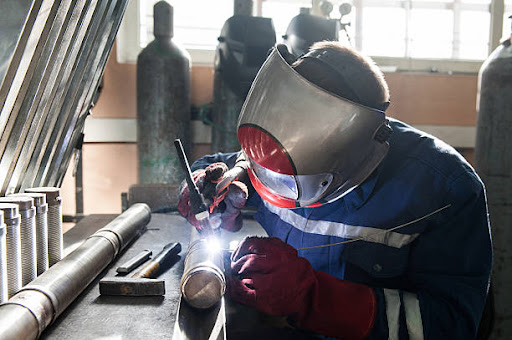
Why are Welding Electrodes Covered?
Welding Electrodes are essential components in arc welding, serving as conductors of electricity that deliver the necessary heat to create a weld.
Welding Inspection is a cornerstone of metal fabrication and relies on various tools and NDT Techniques to ensure a strong and durable bond between materials.
Central to this process are welding electrodes, each encased in a protective covering designed to enhance performance and safeguard against external factors in Non-Destructive Testing (NDT).
What is welding covering? The protective coverings on welding electrodes play a pivotal role in shielding the core materials from external elements during the Welding Process.
This protection ensures the electrode's longevity and contributes to the overall efficiency of the weld.
The journey of Welding Electrodes traces back through history, witnessing transformations in design and functionality.
Early welding challenges prompted the development of protective coverings to address issues like oxidation and contamination.
Welding electrode core materials are crucial for arc stability and weld quality.
Protective coverings, composed of coating materials, preserve these core materials and prevent degradation using NDT Methods and NDT techniques.
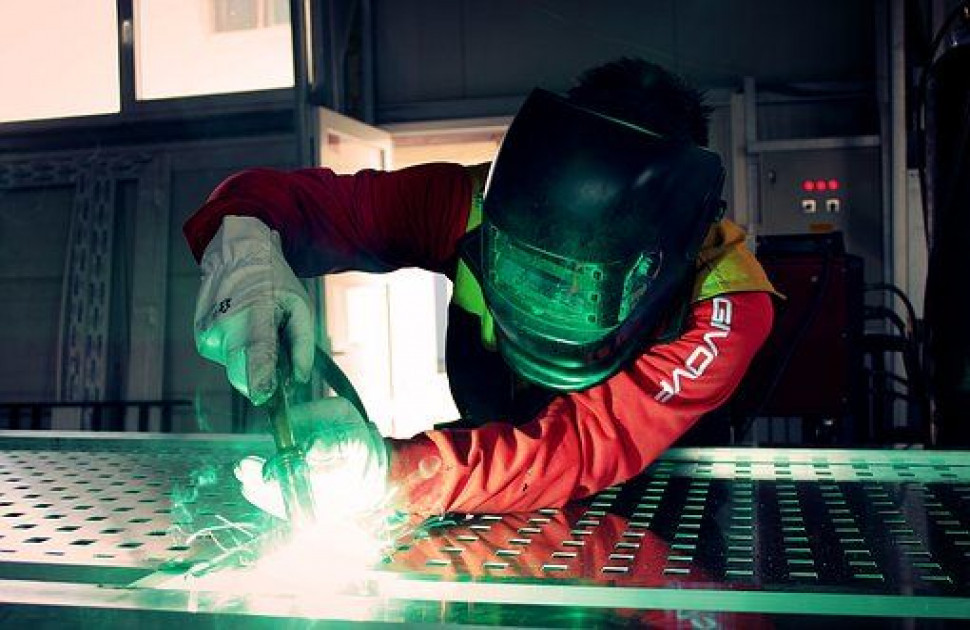
Rutile coating is versatile and suitable for general-purpose welding, while basic coating offers protection against impurities and contaminants.
Cellulose coating produces high-penetration welds, while iron powder coating increases electrode efficiency and productivity.
Understanding these coatings and their applications is essential for welders and NDT Inspectors to select the right electrode for their task.
Understanding the advantages and limitations of each coating can help welders select the right electrode for their welding needs.
Classification of Welding Electrodes
Welding Electrodes, often referred to as welding rods, are essential consumables in the Welding Process.
They facilitate the creation of a strong and durable bond between metals which can be identified by Welding Electrode Classification.
Choosing the right Welding Electrode is paramount, as it directly impacts the quality and integrity of the weld.
Here is the classification of welding electrodes.
1. Rutile-Coated Electrodes
Rutile-coated electrodes, a common choice in Welding, boast distinctive characteristics that set them apart in the welding electrode landscape.
The rutile coating, comprising titanium dioxide, imparts certain key attributes to these electrodes.
These include a smooth arc, easy slag removal, and a visually appealing weld bead.
Rutile-coated electrodes find their forte in general-purpose Welding Applications.
Their adaptability makes them suitable for various projects, from construction to automotive repairs.
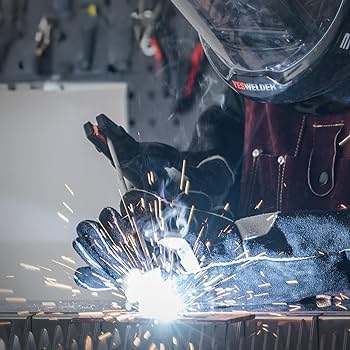
2. Basic-Coated Electrodes
Basic-coated electrodes, with their unique composition, offer features that cater to specific welding needs.
Industries such as shipbuilding and heavy machinery construction often benefit from the protective qualities offered by basic-coated electrodes.
3. Cellulose-Coated Electrodes
Cellulose-coated electrodes, known for their unique properties, offer distinct advantages in certain Welding Applications.
These electrodes find their niche in applications where deep penetration and high-quality welds are essential, such as pipe welding.
The performance of cellulose-coated electrodes is closely tied to their exceptional penetration capabilities.
4. Iron Powder-Coated Electrodes
Iron powder-coated electrodes, a product of technological innovation, bring unique benefits to the Welding Process.
Including iron powder in the coating enhances the electrode's efficiency and productivity, making it a valuable choice in certain welding scenarios.
Iron powder-coated electrodes find favor in industries and projects where increased deposition rates and higher welding speeds are desirable.
Welding Electrodes Coatings
Welding Electrode Coatings serve as protective layers, enhancing the performance and longevity of the electrodes.
These coatings play a crucial role in shielding the core materials from external factors during the Welding Process, contributing to the stability of the arc and the overall quality of the weld.
The Welding Rod Coatings for Mild Steel
Mild steel, known for its versatility and widespread use, demands specific considerations when it comes to Welding.
Welding rod coatings act as a protective layer, influencing the stability of the arc, the cleanliness of the weld, and the overall quality of the Welding Process.
Rutile-coated welding rods are versatile and user-friendly, offering a smooth arc and easy slag removal for mild steel projects.
They are suitable for general-purpose Welding and offer a harmonious welding experience.
Basic-coated rods, fortified with calcium carbonate and calcium fluoride, ensure durability and cleanliness in the welding sanctuary.
They are ideal for industries where weld durability and cleanliness are sacred.
Cellulose-coated rods, derived from plant-based materials, contribute to high penetration capabilities and are ideal for projects demanding deep welds and high-quality results.
They are suitable for industries where efficiency and productivity in high-speed Welding Operations are crucial.
Iron powder-coated rods are catalysts for efficiency and productivity, enhancing the efficiency and stability of mild steel welding operations.
Each coating material brings its own unique advantages to the stage, influencing the stability of arcs and the production of high-quality welds in various mild steel applications.
Understanding the impact of different coatings on mild steel Welding Electrodes is akin to deciphering the secret language of welding alchemists.
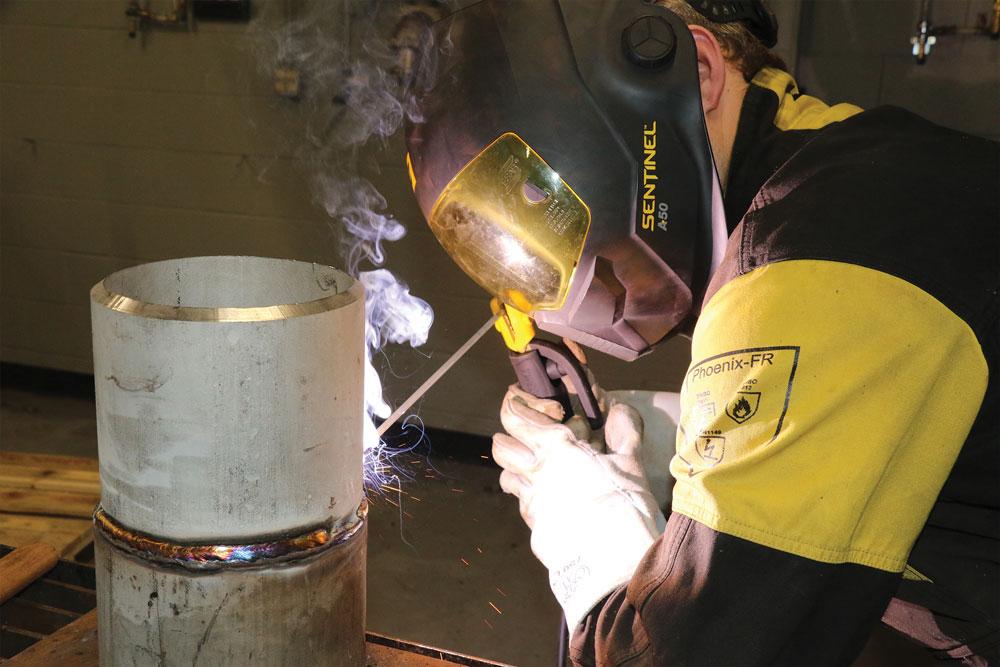
Types of Electrodes
Welding is used as an ideal Non-destructive Evaluation method in many industries.
There are specialized Welding Symbols available to make the job easy.
Welding Electrodes play a pivotal role in the welding process, making the selection process a crucial aspect of achieving optimal results.
The right electrode can significantly impact the quality and efficiency of the weld.
Among the essential tools are electrodes, each with its own set of characteristics and applications.
Here is a list of various types of electrodes.
1. Bare Electrodes
Bare Electrodes, the fundamental type in welding, are devoid of any coating.
Their simplicity contributes to their distinct characteristics, making them suitable for specific applications.
They find their place in applications where minimal atmospheric contamination is crucial.
Their use extends to industries demanding precision Welding.
Bare electrodes offer advantages like cost-effectiveness and ease of use. However, their susceptibility to atmospheric effects is a notable drawback.
2. Light Coated Electrodes
Light-coated Electrodes, with a thin layer of coating, provide versatility in various welding scenarios.
Their adaptability makes them a popular choice for different welding projects.
The light coating enhances stability and arc characteristics, contributing to smoother welding.
Understanding how light-coated electrodes function within the welding process is crucial for any welder and NDT Inspector seeking precision and efficiency.
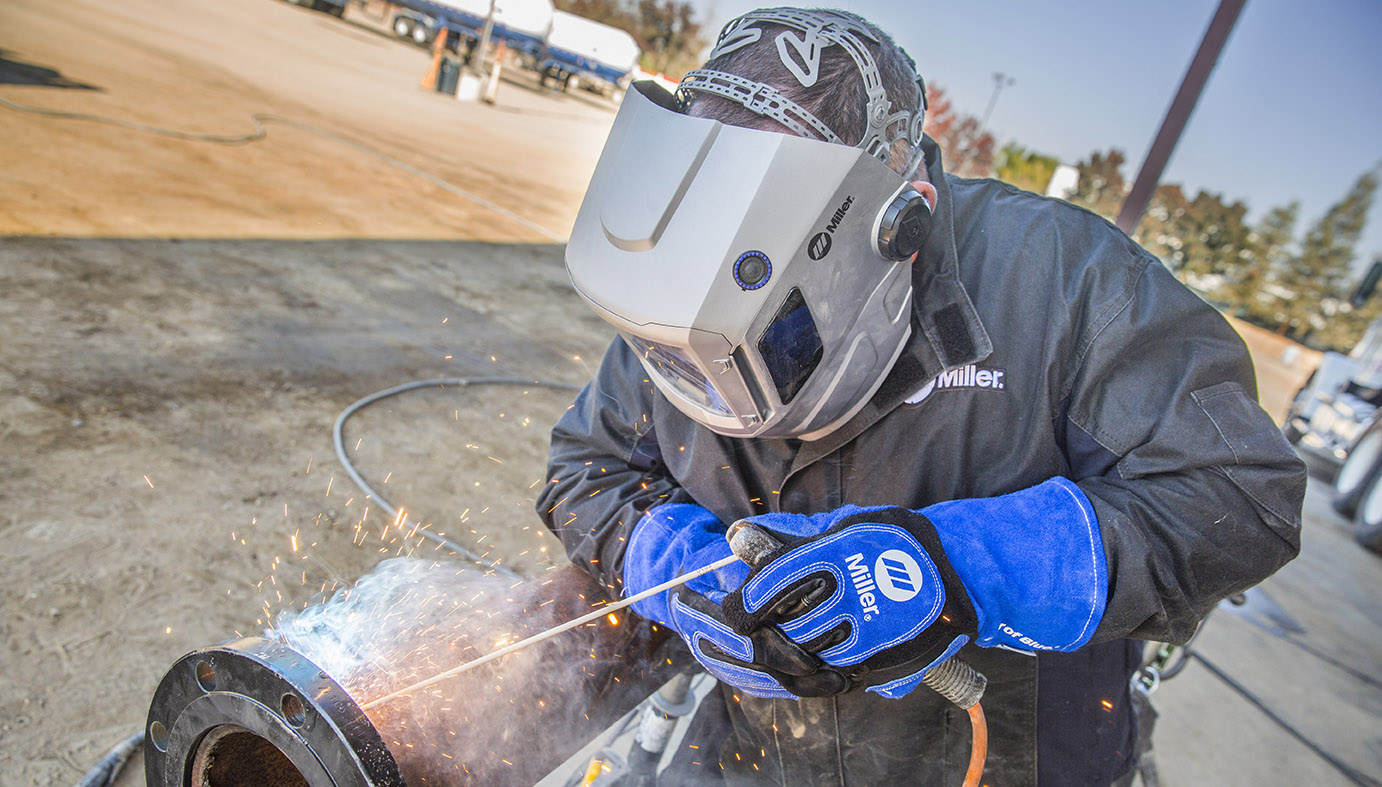
3. Shielded Arc/Heavy Coated Electrodes
Shielded arc/heavy-coated electrodes are renowned for their robust shielding properties.
Understanding where and when to use shielded arc or heavy-coated electrodes is crucial for welders.
4. Tungsten Electrodes
Tungsten electrodes take the spotlight in Tungsten Inert Gas (TIG) Welding.
This section will illuminate the reasons behind their common use in this precise and demanding Welding Process.
5. Direct Current Arc Welding Electrodes
Direct-current Arc Welding Electrodes have their own considerations.
These electrodes are specifically designed to be used with direct-current power sources.
The choice of electrode depends on the polarity of the current, with either straight or reverse polarity being used.
6. Alternating Current Arc Welding Electrodes
Alternating current arc Welding Electrodes cater to specific welding needs.
They are designed to provide stable and efficient welding performance when working with alternating current power sources.
These electrodes come in various types, each suitable for different applications such as mild steel, stainless steel, or aluminum welding.
Defective Coatings Electrodes and Their Effects
Defective coatings on electrodes can have detrimental effects on the Welding Process.
These effects may include poor arc stability, increased spatter, and reduced weld quality.
It is important to carefully inspect and select electrodes with intact coatings to ensure optimal welding performance.
Deposition Rates of the Welding Electrodes
Deposition rates significantly impact welding process efficiency, with different electrodes contributing to varying rates, affecting speed and effectiveness.
Types of Non-Consumable Electrodes
Non-consumable electrodes are essential in certain Welding Processes.
There are two types, carbon electrodes and stick electrodes.
1. Carbon Electrodes
Carbon electrodes, composed of carbon and other materials, exhibit unique characteristics crucial for precision welding.
Their composition contributes to specific properties that set them apart in the welding landscape.
Carbon electrodes find their niche in diverse applications, excelling in scenarios that demand precision and compatibility with specific materials.
Welders working with carbon electrodes must consider specific factors to maximize their effectiveness.
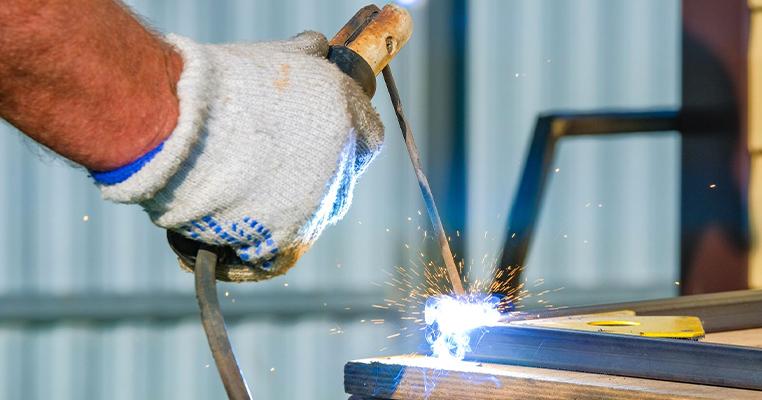
2. Stick Electrodes
Stick electrodes possess distinct characteristics that make them valuable in Welding.
Versatile in construction and repair work, stick electrodes have widespread applications.
This section highlights the scenarios where stick electrodes prove to be invaluable, guiding welders in selecting the appropriate electrode for the job at hand.
What is Preheating in Welding?
Preheating in the Welding Procedure is a crucial step in welding preparation, aiming to raise the base metal temperature before the welding process to prevent cracks, remove moisture and hydrogen, and improve weldability.
It is especially important for materials prone to cracking, thick sections, and materials subjected to cold working or residual stresses.
Preheating techniques include induction heating, which uses Electromagnetic Fields to generate heat, and flame heating, a traditional method involving an open flame to raise the base metal temperature.
Understanding preheating can enhance welders' skills and ensure the success of welding projects, especially when dealing with materials prone to cracking or challenging welding scenarios.
When to Use Welding Preheat?
Welding preheat is a nuanced technique that can significantly impact the success of welding projects.
Knowing when to implement Welding Preheat is a skill that distinguishes proficient welders.
It is essential for materials prone to cracking, such as high-strength steel and alloys.
The thickness of the material being welded is a critical factor in determining the need for preheating, as thicker sections cool at a faster rate, increasing the likelihood of cracking.
Different welding processes and joint configurations can also influence the need for preheat, such as submerged arc welding or specific joint designs.
Materials subjected to cold working or residual stresses also benefit from preheating.
Welding Preheat is advised when working with materials known for cracking, welding thick sections, managing residual stresses, or in high hydrogen environments.
Induction heating, using Electromagnetic Fields to generate heat within the material, is a precise and rapid technique for applying welding preheat.
Flame heating, using an open flame to raise the base metal temperature, requires careful control to avoid overheating and provides a more conventional approach to preheating.
What are the NDT Methods Applied to Welding Defects?
Non-destructive Testing methods are employed to identify welding defects without compromising the integrity of the weld.
This section will explore common NDT Methods used in welding, offering an overview of their applications and advantages.
In the realm of welding, mastery of welding electrodes and Preheat Requirements is akin to wielding a craftsman's tools.
By comprehending the intricacies of these elements, welders can elevate their art, creating bonds that withstand the test of time.
Welding is a critical process in various industries, and understanding common welding defects is crucial for maintaining structural integrity.
NDT Methods play a vital role in identifying and assessing these defects without compromising the material's integrity.
Common defects include porosity, cracks, incomplete fusion, and incomplete penetration.
NDT methods include visual inspection, Radiographic Testing, ultrasonic testing, magnetic particle testing, dye penetrant testing, eddy current testing, and Acoustic Emission Testing.
Visual Inspection is the most straightforward and cost-effective method, while radiographic testing uses X-rays or gamma rays to capture images of the internal structure of welds.
Ultrasonic testing uses high-frequency sound waves to detect defects within welds, providing valuable depth information.
Choosing the right NDT method depends on factors such as the type of material, defect nature, and inspection depth.
A combination of methods may be employed for a comprehensive assessment of welding quality.
Understanding these methods empowers inspectors and welders to maintain the highest standards of quality and safety in welding processes.
Conclusion
Welding electrodes and preheat requirements are crucial for successful welding processes.
A qualified NDE operator with knowledge of welding standards is essential for achieving excellence.
Welding electrodes are essentially specifications for welding in arc welding, delivering heat to create a weld.
Protective coatings, such as rutile, basic, cellulose, and iron powder, protect core materials and contribute to welding efficiency.
Different coatings for mild steel, such as rutile, basic, cellulose, and iron powder, influence arc stability, cleanliness, and welding quality.
The array of electrode types in welding reflects their diverse applications, making the selection process critical for optimal results.
Key Takeaways
- Welding electrodes and preheat requirements demand precision in execution, ensuring the optimal outcome in welding projects.
- Operators adhering to Standards and Specifications for Welding are preferred in the welding industry.
- Welding electrodes and preheat requirements are two integral components crucial for successful welding.
- Welding electrodes serve as conductors of electricity in arc welding, delivering the required heat to create a weld.
- Protective coverings on welding electrodes in NDT shield core materials, enhancing performance and safeguarding against external factors.
- The journey of welding electrodes through history reflects transformations in design and functionality.
- Welding electrode core materials are crucial for arc stability and weld quality, with protective coverings preserving these materials to prevent degradation.
- Basic coating in Welding Electrodes offers protection against impurities, making them valuable in industries like shipbuilding and heavy machinery construction.
- Cellulose coating in electrodes provides high penetration welds, ideal for applications.
- Iron powder-coated electrodes bring efficiency and productivity to welding, finding favor in industries.
- Different coatings on welding rods for mild steel, such as rutile, basic, cellulose, and iron powder, influence arc stability, cleanliness, and overall welding quality.
FAQs
1. How is the preheating temperature checked before welding?
A: Preheating temperatures are often checked using specialized temperature-measuring devices, such as infrared thermometers or temperature-indicating sticks.
2. What is the recommended maximum preheating temperature allowed in welding?
A: The recommended maximum preheating temperature varies depending on the material and welding process.
It is crucial to consult industry standards and guidelines for specific recommendations.
3. What is the minimum preheat for welding?
A: The minimum Preheat for Welding is the lowest temperature required to avoid cold cracking and ensure proper fusion.
It is determined based on material type, thickness, and other factors.
4. What is the standard preheat for welding?
A: Standard Preheat for Welding is outlined in industry guidelines and varies based on material specifications.
It provides a baseline for welders to ensure consistent and reliable preheating.
5. What is preheat temperature?
A: Preheat temperature refers to the temperature to which the base metal is heated before initiating the Welding Process.
It is a critical parameter that influences the weld's quality and integrity.
References
1. ESAB
2. Canadian Metalworking
3. Miller Welding
4. Red-D-Arc Welderentals










